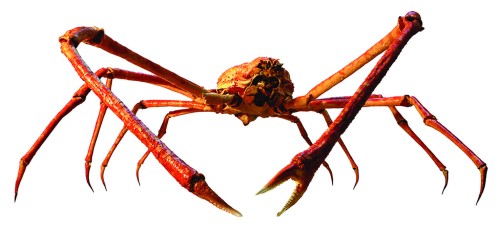
Fig. 1. The male of Giant Japanese Spider Crab, Macrocheira kaempferi, from the collection of the Manchester Museum. Donated by Dr J.H. Ashworth in January 19th, 1904 (accession no. G1016). © Manchester Museum.
The Giant Spider Crab, Macrocheira kaempferi (family Inachidae) (Fig. 1), is not only the largest crustacean but the largest living arthropod (i.e., an invertebrate animal with articulated legs) in the world. In Japan, the crab is known as “Taka-ashi-gani” which means “Tall-legged crab”. The body of these giants can be up to 37-40 cm long, 3.8 m in leg span and 19 kg in weight; the average leg span of the crabs caught by fishermen is 1-1.2 m. Males are larger than females, with larger claws and narrower body. See here and here for more details about crab morphology.
Giant Spider Crabs live on the sandy and rocky seabed off the Pacific side of the Japanese islands (Honshu and Kyushu), at depths of 200-300 m, but can be found deeper, to over 500 m. It is believed that in the wild crabs can live for 50-100 years. According to popular sea folklore, Giant Spider Crabs might drag sailors underwater and feast on their flesh, which could never be true because the crabs are omnivorous scavengers, feeding on carrion, dead plant matter and shellfish.
In early spring (January to March), crabs move to shallower waters (around 50 m) to moult and reproduce. Each female lays up 1.5 million eggs and carries them on its backs and lower body during incubation (about 10 days) until they hatch. The vast majority of newly hatched larvae do not survive to maturity.
Giant Spider Crabs are considered delicacy in Japan (eaten raw, salted or cooked) and caught by small trawling nets. Although the Giant Spider Crab is not subject to large-scale commercial fishery because of difficulties in capturing them, it is restricted to a very small zone of habitation and hence its population is vulnerable to numerous threats. Efforts are made to protect Giant Japanese Spider Crabs from overfishing, for instance, by restocking the wild population with juvenile crabs artificially cultured in fisheries. In Japan, the law also prohibits fishermen from catching the crabs during the mating season, from January to April.
Watch a video about Japanese Spider Crabs filmed at the Osaka Aquarium.
Further reading:
Riebel W. Macrocheira kaempferi; online here.
Anon. 2014. Japanese Giant Spider Crab, Macrocheira kaempferi (introduction – habitats – biology – utilization); online here.
Anon. Japanese Spider Crab, Wikipedia.
AZA Aquatic Invertebrate Taxon Advisory Group. 2014. Japanese Spider Crab Care Manual. Silver Spring, MD: Association of Zoos and Aquariums. 60pp.